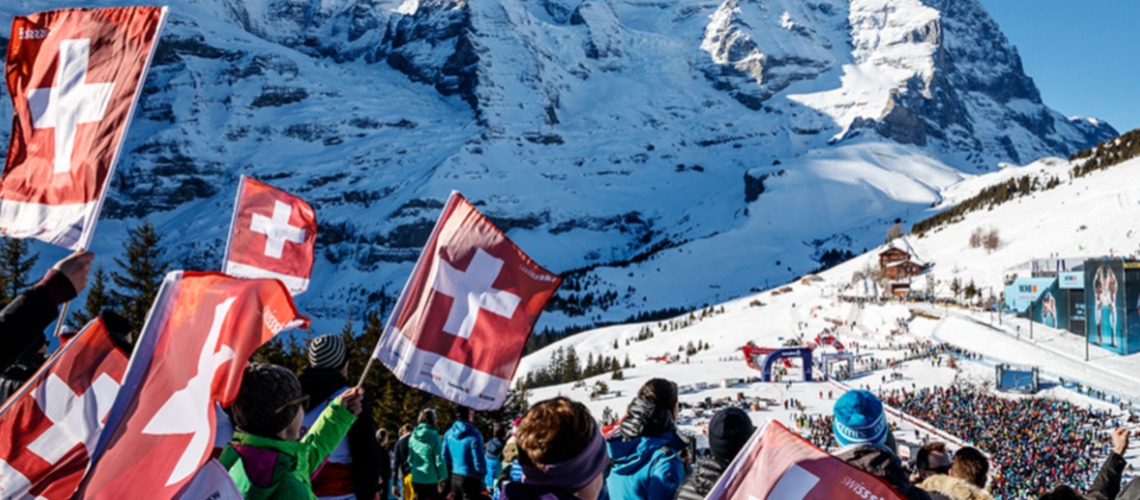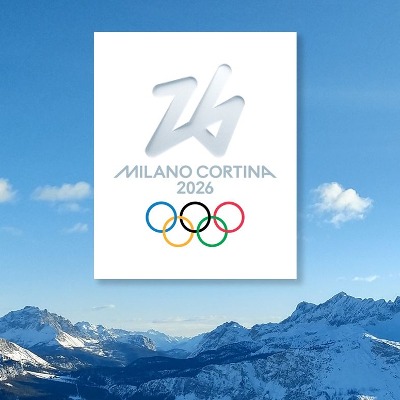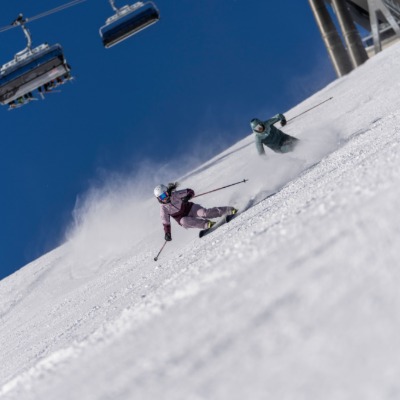Swiss Lift Co's Remain Cautiously Positive

Lift Co's in Switzerland are still doing well this winter. Despite the changeable and relatively warm February, Swiss cable cars are still recording a 7% increase in first-time entries. However, if you compare the current February with February of 2023, admissions fell by 9%. This is due to the special weather situation. Despite individual phases of heavy snowfall, especially in the south, the weather conditions overall were not very beneficial for the industry and for snow sports in particular. The situation in the canton of Ticino was particularly special: occasional heavy snow led to an increase in first entries.
Cable Cars Switzerland (SBS) looks back on a February with conflict. After a promising start to the winter season, the destinations were confronted with unexpected weather conditions that impacted operations at member companies. Unusually warm temperatures meant that many systems, particularly at low altitudes, could no longer be used to their full extent or could no longer be used at all. Ski resorts at higher altitudes recorded a stable February. «Swiss cable cars recognize that its members react flexibly to rapidly changing conditions. This makes the association confident. SBS is currently working on making a contribution to promoting sustainable and accessible winter sports tourism with its sustainability program,” says Berno Stoffel, Director of Cable Cars Switzerland.
Regional differences
There are major regional differences: With the exception of Ticino (+68%), which is within the framework of previous season monitoring, all regions have lost some of their lead from the start of the season. In contrast to last year, the areas in Eastern Switzerland, Vaud and Central Switzerland are still doing very well, which is due to the snow-sure situation at the beginning of this winter. The high-altitude regions such as Valais and Graubünden are also still doing well compared to the previous year. Ski areas in the Freiburg Alps and the Arc Jurassic region were affected by major restrictions and standstills.
Comparison with the 5-year average
If you look at a longer-term period using the 5-year average, there have been 5% more guests in the ski areas across Switzerland this season. The Vaud Alps (17%), Valais (12%), Graubünden (11%) and Central Switzerland (4%) were able to increase, while Eastern Switzerland (-4%), the Bernese Oberland (-13%), and Freiburg The Alps (-36%) and the Jura region (-78%) show negative developments on a long-term average.














